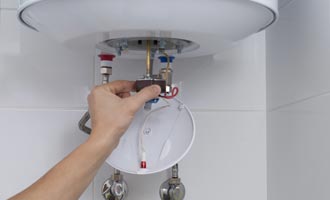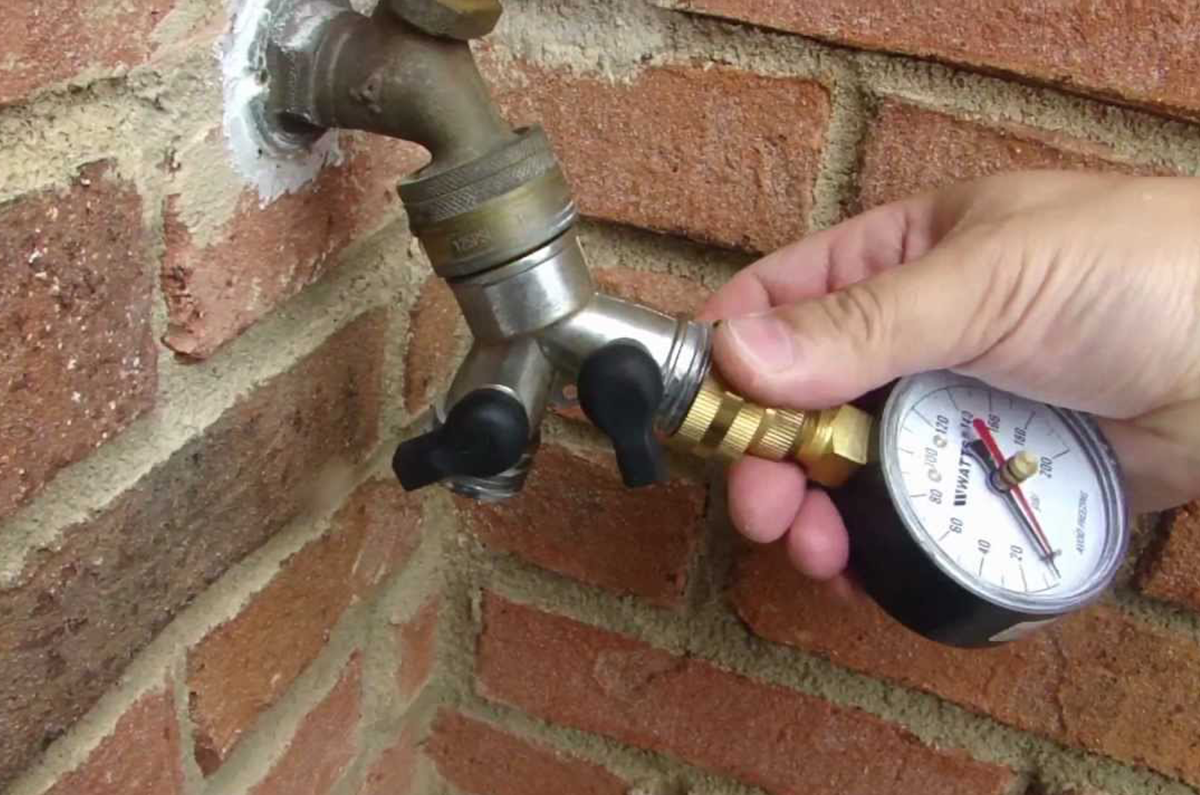Simple Procedures to Boost Low Water Pressure in Your Home
Simple Procedures to Boost Low Water Pressure in Your Home
Blog Article
Were you on the lookout for related information about Dealing with Low Water Pressure in Your Home?

Low tide stress in your home can be an irritating trouble, influencing whatever from bathing to washing meals. If you're experiencing weak water flow, there are a number of possible reasons and solutions to discover. In this guide, we'll review typical reasons for low water pressure and practical steps to attend to the problem effectively.
Intro to Low Tide Pressure
Low water stress takes place when the circulation of water from your faucets, showers, and other components is weaker than usual. This can make everyday tasks extra tough and less effective. Understanding the root causes of low tide stress is vital to discovering the ideal service.
Common Reasons For Low Tide Stress
Faulty Stress Regulators
Stress regulatory authorities are accountable for preserving consistent water pressure in your house. If they malfunction, it can lead to low water pressure or uneven flow throughout the house.
Community Water Supply Issues
Occasionally, the trouble lies outside your home. Community water system issues, such as main line leaks or maintenance job, can briefly reduce water stress in your area.
Pipeline Obstructions
In time, pipes can come to be clogged with mineral deposits, sediment, or debris, restricting the flow of water. This is a common concern in older homes with galvanized steel pipelines.
Corrosion
Rust within pipes can bring about leaks and minimized water pressure. Corrosion buildup can restrict water circulation, particularly in maturing plumbing systems.
Just How to Diagnose Low Water Stress
Checking Pipelines
Evaluate visible pipelines for indicators of leakages, deterioration, or blockages. Take notice of any type of uncommon sounds, such as banging or rattling pipelines, which could suggest issues within the plumbing system.
Consulting with a Plumber
If you're not able to determine the source of low tide stress, take into consideration employing a professional plumber to conduct a complete examination. They can determine underlying problems and suggest appropriate remedies.
Checking Taps and Components
Begin by testing the water stress at various faucets and components throughout your home. If the problem is separated to specific areas, it might indicate local issues.
Do It Yourself Solutions to Deal With Low Water Stress
Flushing Water Heater
Sediment accumulation in the hot water heater can restrict flow and reduce performance. Purging the tank occasionally aids remove sediment and maintain optimal efficiency.
Inspecting Stress Regulator
Ensure that the pressure regulatory authority is operating correctly. Adjusting or replacing the regulator can help restore correct water stress throughout your home.
Cleaning Up Aerators and Showerheads
Natural resources can gather in aerators and showerheads, decreasing water circulation. Get rid of and cleanse these elements consistently to enhance water pressure.
Clearing Up Clogs in Piping
For minor obstructions, try making use of a plumbing serpent or chemical drain cleaner to clear blockages in pipelines. Be cautious when making use of chemicals and comply with safety standards.
When to Call an Expert Plumber
If DIY initiatives fall short to resolve the problem or if you believe substantial plumbing problems, it's best to seek aid from an accredited plumber. They have the competence and tools to deal with complicated issues safely and successfully.
Preventive Measures to Keep Water Stress
Mounting a Stress Booster
Think about mounting a pressure booster pump to improve water pressure in locations with continually low circulation. This can be specifically useful for multi-story homes or homes with high-demand fixtures.
Tracking Water Usage
Bear in mind water use routines and avoid ill-using the plumbing system. Basic adjustments, such as staggering showers and washing lots, can aid maintain appropriate water stress.
Regular Maintenance
Schedule routine upkeep for your plumbing system to stop problems such as rust, leakages, and clogs. Addressing small problems early can aid stay clear of even more substantial repair work later on.
Final thought
Handling low water pressure can be aggravating, yet determining the underlying reasons and executing appropriate options can bring back optimum circulation throughout your home. Whether it's cleansing aerators, evaluating pipelines, or seeking advice from a plumber, taking positive steps can make certain a stable supply of water for your everyday requirements.
FOUR WAYS TO FIX LOW WATER PRESSURE NOW
Turning on a shower or faucet only to find the water comes out in a sad, slow drizzle is never a good feeling. How exactly are you supposed to wash a pan or take a quick shower when it takes 10 minutes just to rinse off a little soap? The good news is that when your water pressure is bad, there's always a cause: typically one that can be easily fixed. Here are some of the most common causes of low pressure and what you can do to fix the issue:
DEBRIS AND MINERAL DEPOSIT BUILDUPS
If you notice low water pressure from just one or two of the fixtures in your house, the problem likely has to do with debris buildup. Water is full of minerals and other debris, all of which can accumulate in your pipes and on your fixtures. This can cause a blockage that affects how much water flows through. To fix this, try filling a small plastic bag with white vinegar, and use a rubber band to hang it around your showerhead or faucet. Let the head of the fixture soak for a few hours, and the vinegar should loosen the deposits.
WATER LEAKS
Leaks are another common cause of low water pressure. If water is flowing out of your plumbing through a hole or crack before it can reach your fixture, the pressure coming out of the faucet or showerhead will be lower. A plumbing professional is your best bet for finding and repairing a leak in your water supply pipes.
Leaks are another common cause of low water pressure. If water is flowing out of your plumbing through a hole or crack before it can reach your fixture, the pressure coming out of the faucet or showerhead will be lower. A plumbing professional is your best bet for finding and repairing a leak in your water supply pipes.
A VALVE ISSUE
If you have low water pressure throughout your home, check your main shut-off valve to make sure it's completely open. You may also want to see if there's a pressure-reducing valve installed. If there is, have a plumber help you adjust the settings to get the pressure you're looking for.
OTHERS USING WATER
Believe it or not, your low water pressure could be caused by your neighbors. If you notice low pressure at certain times of day, it may be because you and the people living next to you have similar schedules - when everyone is showering at the same time, the pressure will be lower in every home. Low pressure throughout the neighborhood may also be caused by an issue with your municipal water supply. If that's the case, call the supplier to see if they're working on the issue.
https://www.rotorooter.com/blog/water-leaking/low-water-pressure-fixes/

We were shown that editorial about Dealing with Low Water Pressure in Your Home from a friend on our other web property. If you enjoyed our post please be sure to share it. Thanks so much for your time spent reading it.
View Report this page